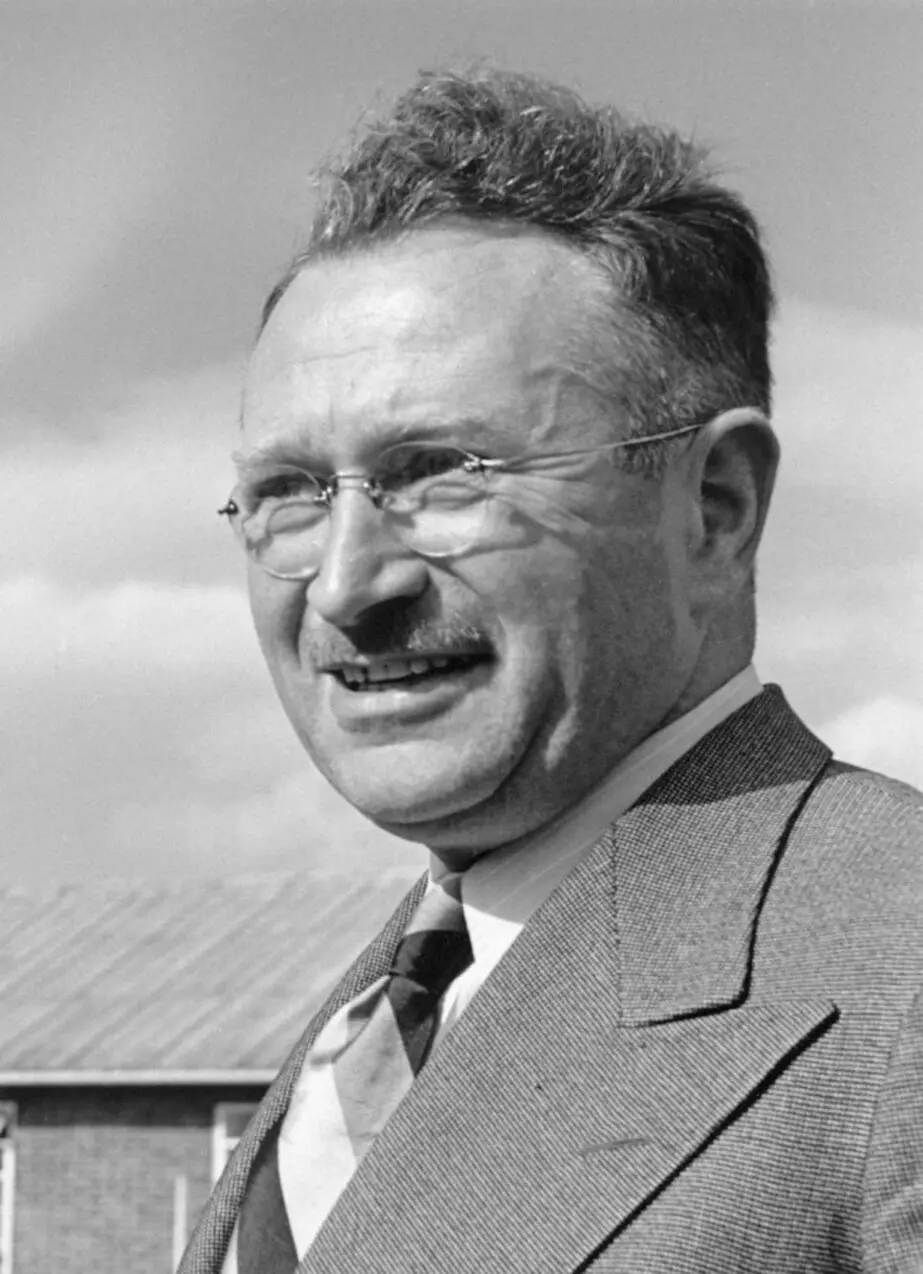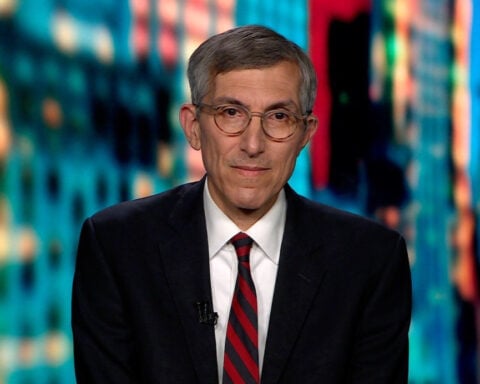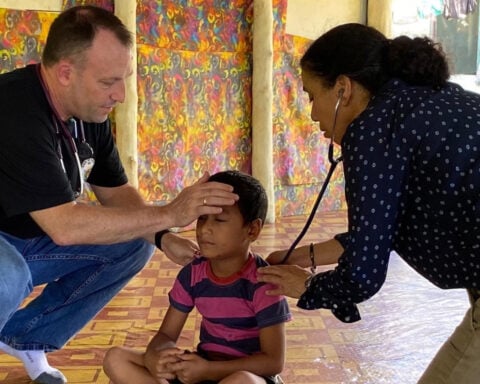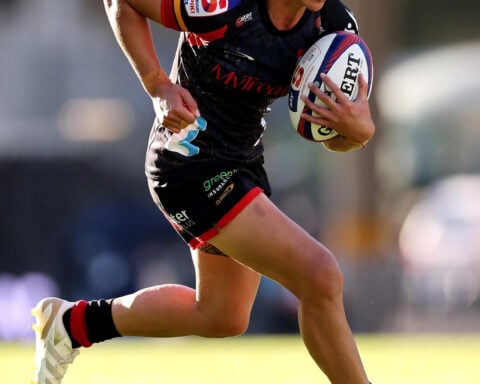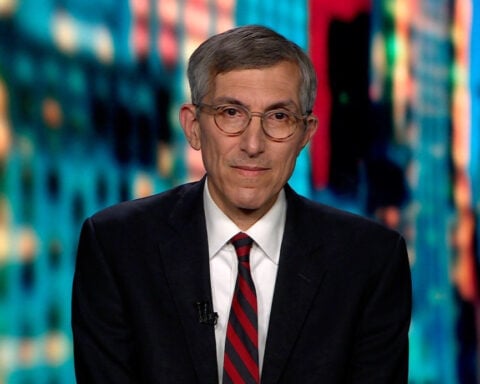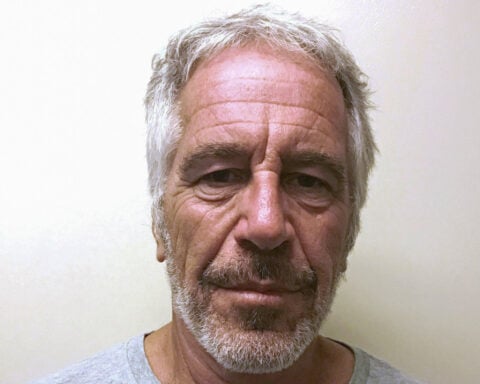As Guttmann later wrote, sports were “the most natural form of remedial exercise.” They also “had a psychological impact of restoring pleasure in life and contributing to social reintegration.”
In 1948, Guttmann staged the first Stoke Mandeville Games for Paraplegics, where 14 men and two women competed in archery. Initially, the Games were reserved for athletes who used wheelchairs. Over the years, the program expanded to include new sports and athletes with different impairments.
The 1976 Paralympic Games – then called the Olympiad for the Physically Disabled – introduced sports for athletes with amputations and visual impairments. Four years later, athletes diagnosed with cerebral palsy were able to compete in the 1980 Games. In 1984, organizers added “Les Autres” competitions – French for “the others” – a category that included athletes with “locomotor disabilities” such as short stature, multiple sclerosis and limb length differences. Athletes with intellectual impairments – for those with documented IQs below 75 – first participated in the 1996 Paralympic Summer Games in Atlanta.
With the addition of different impairment types, parasport organizers began to devise ways to streamline competitions while preserving fairness.
Classification was one solution.
A painstaking classification process
The current IPC Athlete Classification Code outlines a multistep classification process.
There’s a panel that includes medical classifiers – typically a physical therapist, physician, physician’s assistant or occupational therapist. There are also technical classifiers who have expertise in the sport, and can include coaches, scientists or physical educators.

Niamh McCarthy of Ireland competed in the ‘F41’ class in women’s discus at the Tokyo 2020 Paralympic Games.
Before a competition, classifiers first verify that the athlete meets the “minimum impairment criteria,” established by each sport’s international federation. This involves reviewing medical documents and detailed histories of training and performance. It might also include simple assessments of height, limb difference, muscle strength and stiffness, and range of motion.
Next, classifiers conduct a battery of sport- and impairment-specific tests to determine the athlete’s sport class. Finally, they review their decision by observing the athlete during competition. In other words, they check to make sure they got it right and that the athlete was being honest during their evaluation.
Classification is crucial. “Without it,” argues Paralympian and medical anthropologist P. David Howe, “Paralympic sport could not exist.”
Gaming the system
Despite the rigor of the classification process, intentional misrepresentation happens.
There are accounts of athletes exhausting themselves before classification so that they seem weaker than they really are. They might stiffen their muscles with cold showers, take a plunge into snow or wrap their arms and legs with overly tight bandages. Athletes might pretend to be less coordinated or weaker, fake slower reaction times or feign having poorer vision.
Perhaps the most infamous case of intentional misrepresentation involved the Spanish basketball team that won gold in the intellectual impairment class at the 2000 Paralympic Games in Sydney.
Shortly after the conclusion of the Games, a team member revealed that 10 of the 12 athletes on the team were not actually impaired. The Spanish Federation of Sportspeople with Intellectual Disabilities, he disclosed, had deliberately signed unimpaired athletes to “win medals and gain more sponsorship.” As a result, sports for athletes with intellectual impairments did not appear again on the Paralympic program until 2012.
More recently, the IPC stripped Indian discus thrower Vinod Kumar of his bronze medal in the 2020 Paralympic Games. Kumar had been assigned to the F52 class, which is for athletes in field events who compete from a seated position due to “limb deficiency, leg length difference, impaired muscle power or impaired range of movement.”
However, Kumar was observed competing with less impairment than he had shown during the classification process.
The IPC consequently suspended him from competing in the sport for two years. A second offense results in a lifetime ban.
A bad apple doesn’t spoil the bunch
It’s impossible to tell how often intentional misrepresentation happens, partly because it can be difficult to prove.
In advance of the 2016 Paralympic Games, the IPC investigated allegations against more than 80 athletes from 24 countries across six sports. In each instance, IPC officials were unable to find evidence of cheating that went beyond reasonable doubt.
It’s important to remember that most Paralympians complete the classification process with integrity. It’s like any form of cheating: Should the few athletes who do something egregious taint the entire competition?
Of course, there’s always that risk. And the complex process of classification creates opportunities.
More than anything, though, intentional misrepresentation should not deter viewers from watching some of the world’s greatest athletes. The “para” in Paralympic indicates that they run “parallel” to so-called able-bodied sports.
But a comparison to “able-bodied” doesn’t do para athletes justice; just watch a snippet of the Paralympic Games and you’ll see those bodies are more than able.

Jaime Schultz does not work for, consult, own shares in or receive funding from any company or organization that would benefit from this article, and has disclosed no relevant affiliations beyond their academic appointment.
Source: The Conversation

 Trump has begun another trade war. Here's a timeline of how we got here
Trump has begun another trade war. Here's a timeline of how we got here
 Canada's leader laments lost friendship with US in town that sheltered stranded Americans after 9/11
Canada's leader laments lost friendship with US in town that sheltered stranded Americans after 9/11
 Chinese EV giant BYD's fourth-quarter profit leaps 73%
Chinese EV giant BYD's fourth-quarter profit leaps 73%
 You're an American in another land? Prepare to talk about the why and how of Trump 2.0
You're an American in another land? Prepare to talk about the why and how of Trump 2.0
 Chalk talk: Star power, top teams and No. 5 seeds headline the women's March Madness Sweet 16
Chalk talk: Star power, top teams and No. 5 seeds headline the women's March Madness Sweet 16
 Purdue returns to Sweet 16 with 76-62 win over McNeese in March Madness
Purdue returns to Sweet 16 with 76-62 win over McNeese in March Madness
